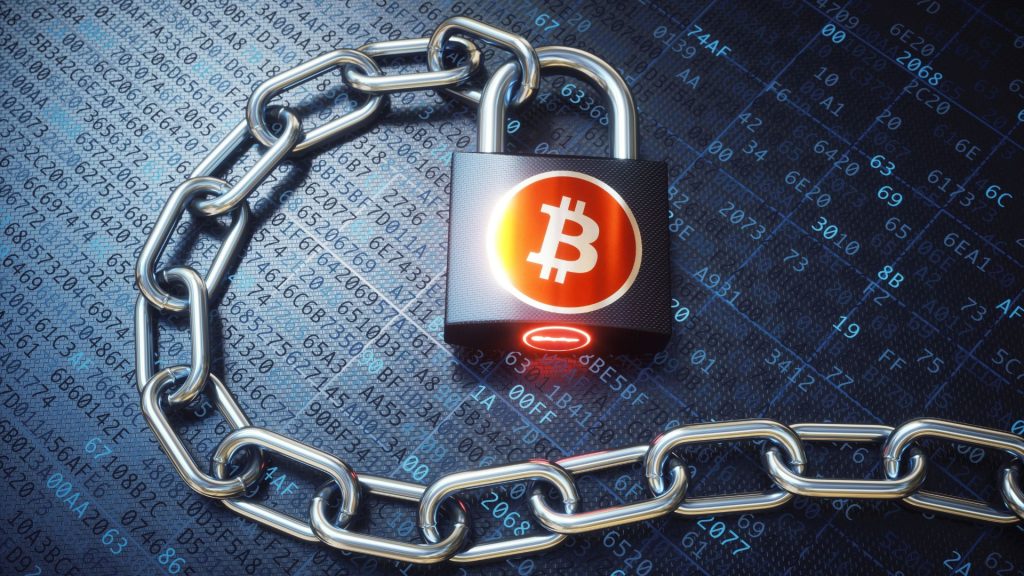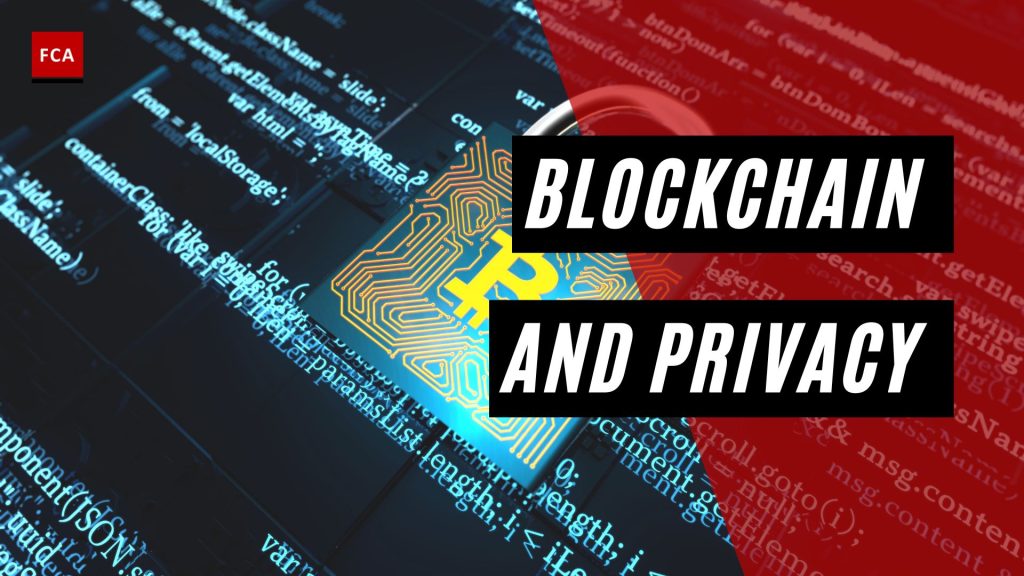Blockchain and privacy often stand at opposing ends of the technological spectrum. While blockchain touts transparency and immutability as its core strengths, these very features can challenge traditional notions of privacy.
Each transaction on a blockchain is visible to every participant, and once recorded, it’s nearly impossible to alter or delete. This transparency can be a double-edged sword. On one hand, it ensures accountability and reduces fraud; on the other, it can expose sensitive data or user behaviors, potentially compromising individual privacy.
As blockchain technology evolves and finds more applications beyond cryptocurrency, the balance between its inherent transparency and the growing demand for data privacy becomes a pivotal concern. Developers and policymakers alike are now tasked with designing systems and regulations that harmonize these seemingly conflicting ideals, ensuring that the future of blockchain is both transparent and privacy-preserving.

Blockchain and Privacy
Blockchain, due to its decentralized nature, provides a level of transparency and security that few other digital technologies can match. However, this transparency comes with its challenges, notably concerning the privacy of users’ data. Therefore, understanding the balance between privacy and transparency is crucial in this domain.
First, we need to understand the GDPR, a landmark data protection law enacted by the European Union in 2018. GDPR is designed to give individuals more control over their personal data and to unify the regulatory environment for businesses. Key elements of the GDPR include explicit consent to process personal data, the right to access and rectify personal data, and the right to be forgotten (data erasure).
Blockchain, with its inherent transparency and immutability, presents certain challenges to the implementation of GDPR. In a blockchain, data, once recorded, cannot be altered or erased, seemingly clashing with the principles of data rectification and erasure espoused by GDPR. Additionally, the decentralized nature of blockchain makes it difficult to identify a centralized ‘controller’ of data, another key requirement of GDPR.
However, these challenges do not mean that GDPR and blockchain are incompatible. Instead, they invite innovation in developing blockchain solutions that respect privacy rights. For instance, ‘hashing’ of personal data, where data is transformed into a unique numerical value, can protect identity while maintaining the benefits of blockchain. Additionally, some propose ‘off-chain’ storage of personal data or the use of permissioned blockchains as possible solutions. These potential solutions underscore how regulation can stimulate innovation rather than hinder it.
Next, we move on to ‘privacy coins,’ cryptocurrencies that offer more private and untraceable transactions than Bitcoin or Ethereum. Monero and Zcash are prime examples of this. Monero uses a technology called ring signatures to mix a user’s account details with those of other users, making it impossible to link transactions to a particular user. Zcash employs a different technology called zk-SNARKs, which allows the network to maintain a secure ledger of balances without disclosing parties or amounts involved in transactions.
While privacy coins offer clear benefits in terms of enhanced privacy and anonymity, they also face considerable regulatory scrutiny. Because of the heightened privacy, they can potentially be used for illicit activities such as money laundering and illegal trading. Therefore, they serve as a stark example of the challenges involved in ensuring privacy while preventing misuse.
Balancing privacy with transparency is a critical issue in the world of blockchain. On the one hand, the transparency of blockchain fosters trust and accountability, both crucial in business transactions and public services. On the other hand, this very transparency can lead to invasion of privacy. Striking a balance is key, but it is a complex task that requires careful navigation of technological, ethical, and regulatory considerations.
Some solutions that are being explored include the use of zero-knowledge proofs (which allow one party to prove to another that they know a value, without conveying any other information) and private sidechains (blockchains that operate alongside the main blockchain but allow for more control over who can access the information).
Privacy and data protection in blockchain present a complex but fascinating area of study. Blockchain’s transparency and immutability can seem at odds with privacy and data protection laws like the GDPR. At the same time, technologies like privacy coins seek to enhance user privacy, despite the potential for misuse. Balancing transparency and privacy is one of the main challenges in this field, but it also drives innovative solutions and ongoing development.

Final Thoughts
Blockchain’s decentralized architecture undeniably ushers in an unprecedented level of transparency and security, distinguishing it from many contemporary digital technologies. Yet, this spotlight on transparency paradoxically casts shadows on user privacy, engendering significant challenges that demand a delicate equilibrium between disclosure and discretion. The European Union’s 2018 GDPR legislation emphasizes personal data sovereignty, accentuating principles like data rectification and erasure. These tenets, however, seemingly conflict with blockchain’s immutable nature.
Despite this, the tension between GDPR and blockchain isn’t an impasse but rather a catalyst for pioneering approaches, such as data hashing and off-chain storage, showcasing that regulations can spur innovation rather than stifle it. Moreover, the rise of privacy coins like Monero and Zcash amplifies this balance’s intricacy, offering unparalleled anonymity while courting regulatory wariness due to potential illicit use.








